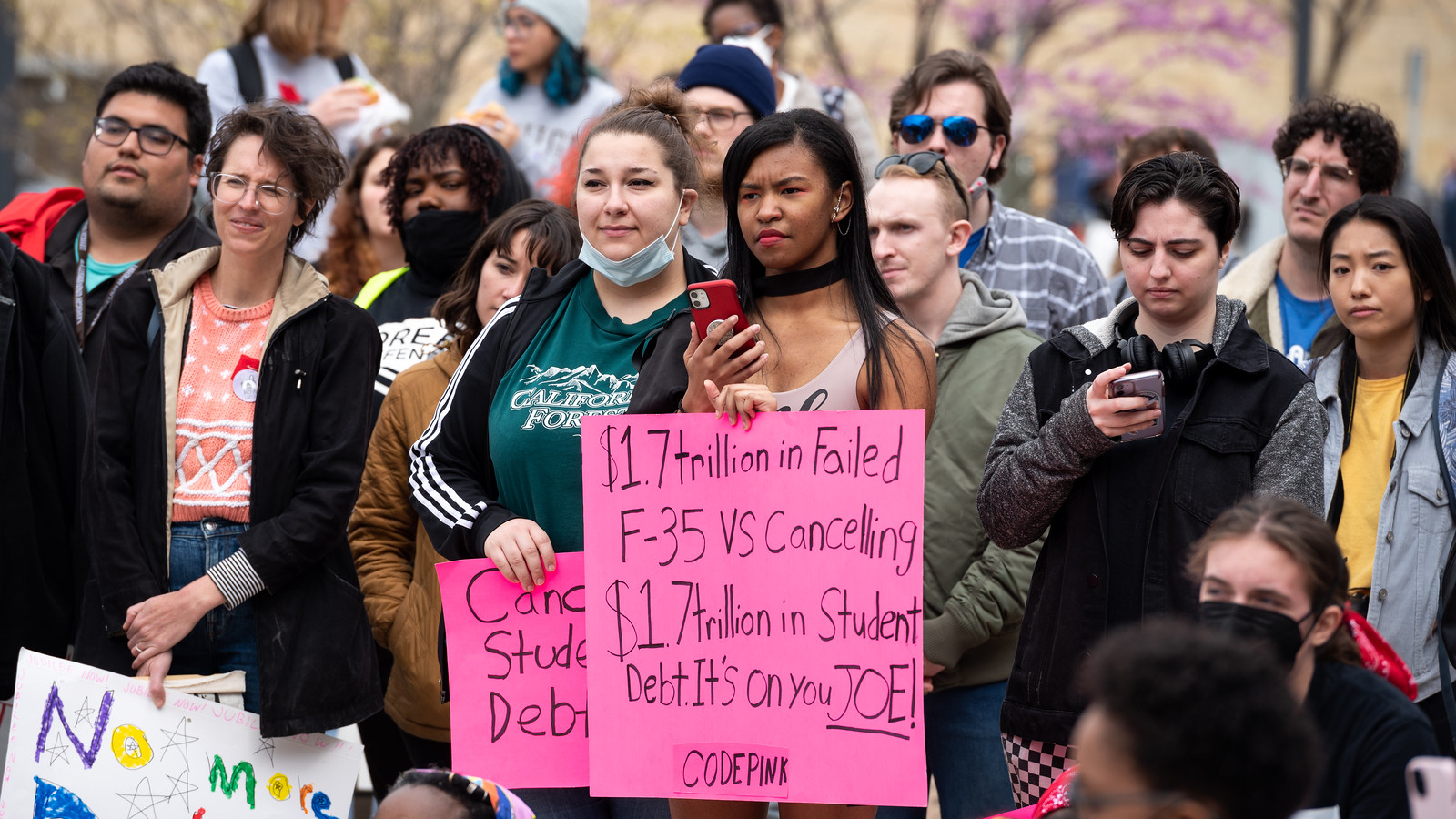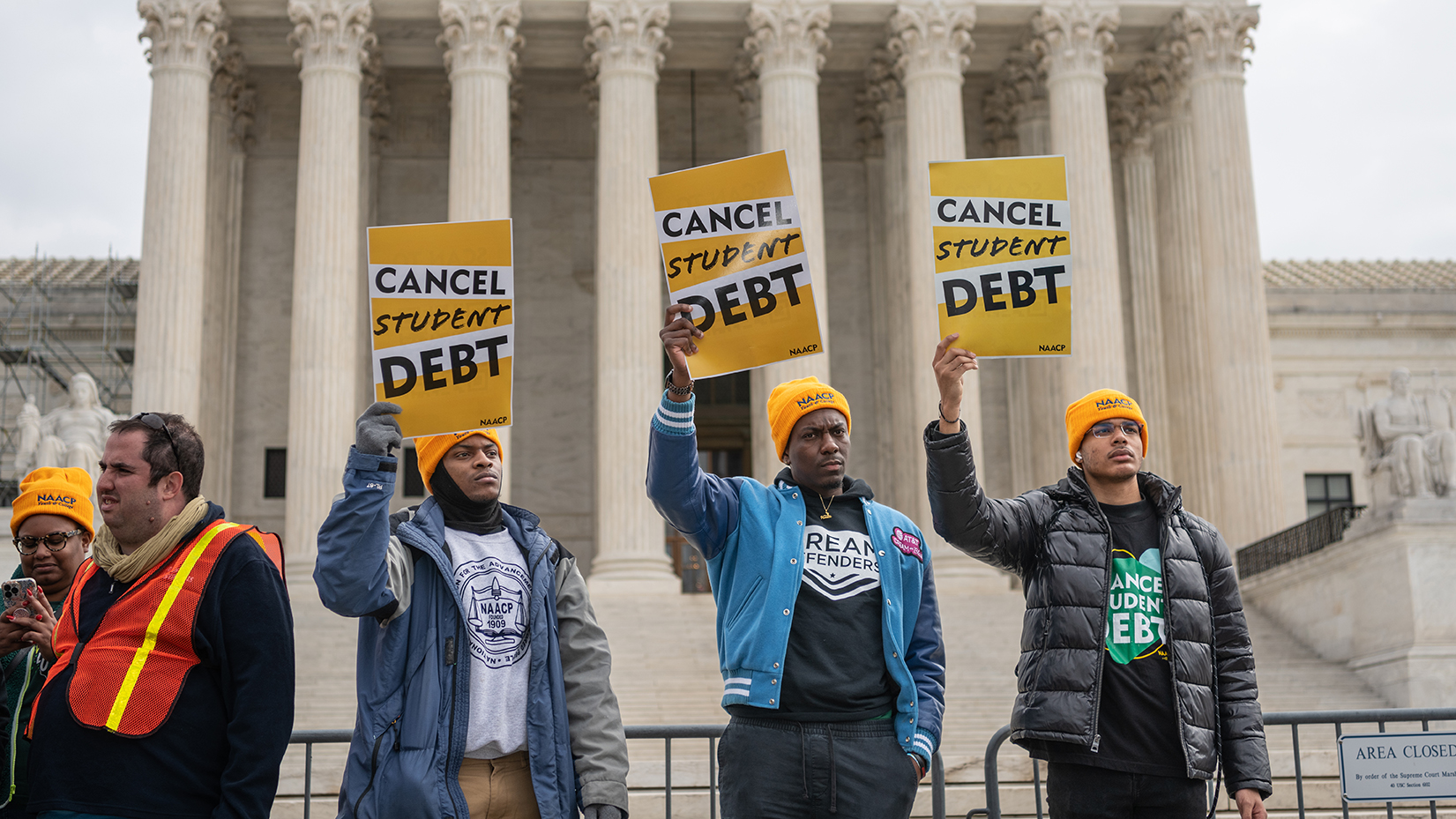On Jun 1, the debt ceiling deal reached by US Senators from both parties is a concerning development that threatens millions of student loan debtors. The deal, aimed at avoiding a government default, includes severe cuts on government spending that will disproportionately impact working-class subjects. The end date for the current freeze on student loan payments is officially set for September 1, eliminating the option to extend the pause that has provided temporary relief for borrowers.
President Biden has been pushing for a student debt cancellation program, which would eliminate the debt balances of 20 million people. However, conservative opposition has hindered the implementation of this program. The fate of Biden's initiative now lies in the hands of the Supreme Court, which is currently dominated by ultra-conservative justices and is likely to rule against the measure. The debt ceiling deal further exacerbates the situation by preventing the administration from providing any further relief beyond September 1, leaving debtors unable to afford their payments.

The student loan debt crisis in the United States affects 45 million people, with federal loans accounting for most of the outstanding balance. The freeze on payments has provided temporary relief for borrowers who already face economic challenges. Food insecurity, difficulty accessing healthcare and medicine, and housing instability are significantly higher among student loan borrowers compared to the general population.
Additionally, attacks on Biden's student loan program continue, with a recent measure passed by the House of Representatives seeking to eliminate debt relief and charge interest on canceled debt during the pause. Although Biden has pledged to veto the resolution, the hypocrisy of some Democrats and Republicans who voted for the measure is evident. It is crucial to recognize the detrimental impact of these attacks on student loan forgiveness, as they perpetuate financial despair and hinder the ability of borrowers to recover from the economic challenges they face.

